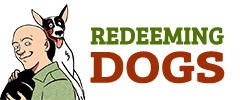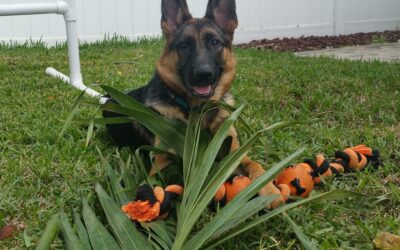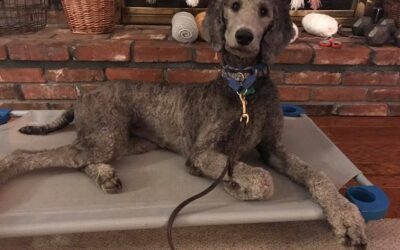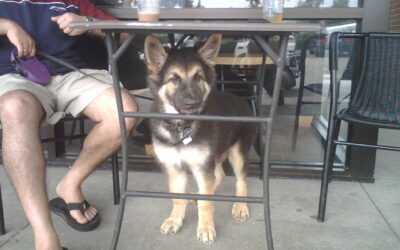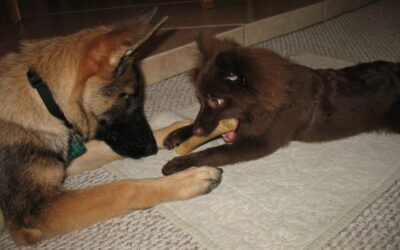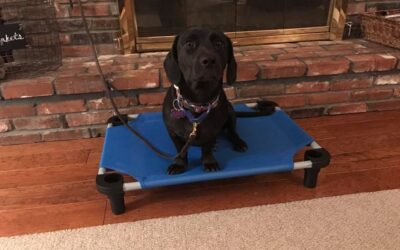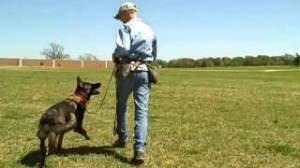 The most common thing I see with humans and dogs connected by a leash is the dog ignoring the human and the human trying to not be ignored by the dog. At best it is annoying, at worst a threat to all involved including passersby.
The most common thing I see with humans and dogs connected by a leash is the dog ignoring the human and the human trying to not be ignored by the dog. At best it is annoying, at worst a threat to all involved including passersby.
Just to get us all on the same page an owner that can change directions, speed, or throw the dog some other sort of “curve” and NOT fool the dog is connected to the dog. By not “fool” I mean the dog preserves a slack leash and doesn’t tug or feel a tug. Most of the time this connection is visual, with the dog either watching the human or frequently glancing over to “check in”. Some dogs can maintain this awareness through other means and can’t be fooled even though we would all swear the dog isn’t looking at the owner at all. This should have no relationship to the length of lead or amount of distraction. So a dog can be connected with low distraction then lose connection with additional stimulus. There is a unity in this connection that anyone can see as they move through space as a team. It is obvious the dog cares what the person is doing, or going to do. The person’s attention is outward, the dog’s attention is towards the handler primarily. The dog truly cares what the owner thinks and bases it’s responses to stimuli on the cues offered by the handler.
The disconnected dog is not looking at the handler. Usually it uses a taught leash to keep track of the owner’s movement. The dogs attention is outward. The human’s attention is towards the dog. It looks like the person is just a big bummer keeping the dog from going/doing what it wants to do. The second the dog disconnects it is obvious. Remember the dog is the one managing this not the person so connection can’t be forced.
Why is this? How does it happen? How do we fix it?
First of all, if your method of fixing it involves chronic intervention it isn’t getting fixed. So if over time you are continually waving food, continually popping a correction collar, continually lifting up on a head halter, continually pushing the button on an e-collar you aren’t fixing it. The hallmark of an effective fix is we can do it less and less, in the case of food using it less, in the case of correction using it less and more lightly. Remember I’ve said in previous blogs that whoever is doing the relationship work in the relationship takes the subordinate role, so we want the dog to do that work instead of us managing the dog.
So we know what the problem is, we know what it looks like now, let’s talk about real fixes – how do you become relevant where previously you were irrelevant?
A normal dog has a desperate, innate drive to cover ground. By this I mean to go places, to see, to interact, to seek prey or food. A dog that sat in one spot would just starve and die. If you would like to be meaningful to the dog on the leash you must be seen as an integral part of getting to cover ground. A lot of tools or methods could work to make this mental shift but here’s what works for me. By the way these methods aren’t novel, they are probably as old as the relationship between man and dog.
My deal with the dog is you can’t cover ground unless you are connected to me. It’s that simple. So I train the dog to be mindful of me and move as a team in a low stimulus area, like their own living room. Once that dog is dialed in, stops when I stop, turns when I turn, we are ready to add the next stimulus. Remember the goal is ALWAYS for the dog to pick me first. Pick my direction over it’s own drive – because that is the only way it will get to cover ground. So now the front door is open that the dog goes through for daily walk. Wide open. I move towards the door, the second the dog disconnects from me I move AWAY from the door. I remove the potential to cover ground. Once away and the dog is back with me we move forward again. We each time stretch the connection forward until it breaks, then we go back to a spot where we were connected and start again.
The longer you can stay connected to me, the more ground you get to cover. That is a proposition that no dog can turn down in the long run. So if the first week you don’t get past the mailbox don’t despair, when the dog realizes the rules he will trade compliance for the right to cover ground.
A wide variety of tools can get you there, as your skill level with dogs increases the amount of dogs you can influence with diverse approaches will increase too. For help with the mechanics of this a good dog trainer is extremely useful. But the mentality of not covering ground until there is connection is the linchpin to success in my mind.
